Choosing the right microphone is one of those deceptively simple decisions that can completely change how your recordings sound. Whether you're tracking vocals in your bedroom, screaming into a guitar cab, or trying to get that buttery podcast voice, the mic you use matters—a lot.
Let’s cut through the noise and break down the three main mic types—dynamic, condenser, and ribbon—so you can pick the right tool for your sound.
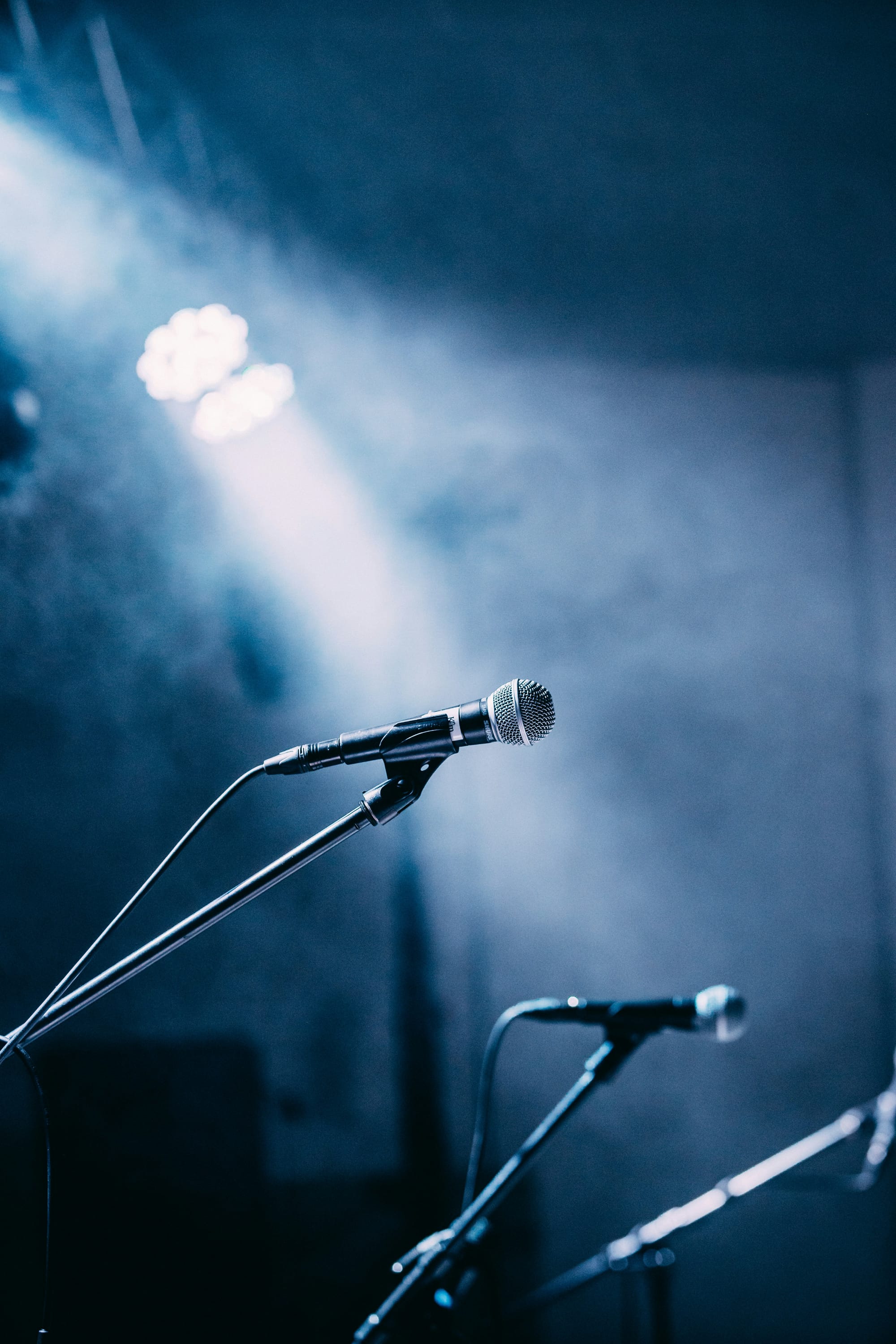
Dynamic Microphones
How It Works: Uses a moving coil and magnet (electromagnetic induction). No external power needed.
Best For:
- Loud sound sources (guitar amps, drums)
- Live performances
- Untreated rooms
- Broadcast & podcasting
Pros:
- Durable and rugged (you could probably run over an SM57 and still use it)
- Handles high SPL without distortion
- Excellent noise rejection
- No phantom power required
- Generally affordable and reliable
Cons:
- Lower sensitivity and detail
- Limited high-frequency response
- Requires more preamp gain, especially for quiet sources
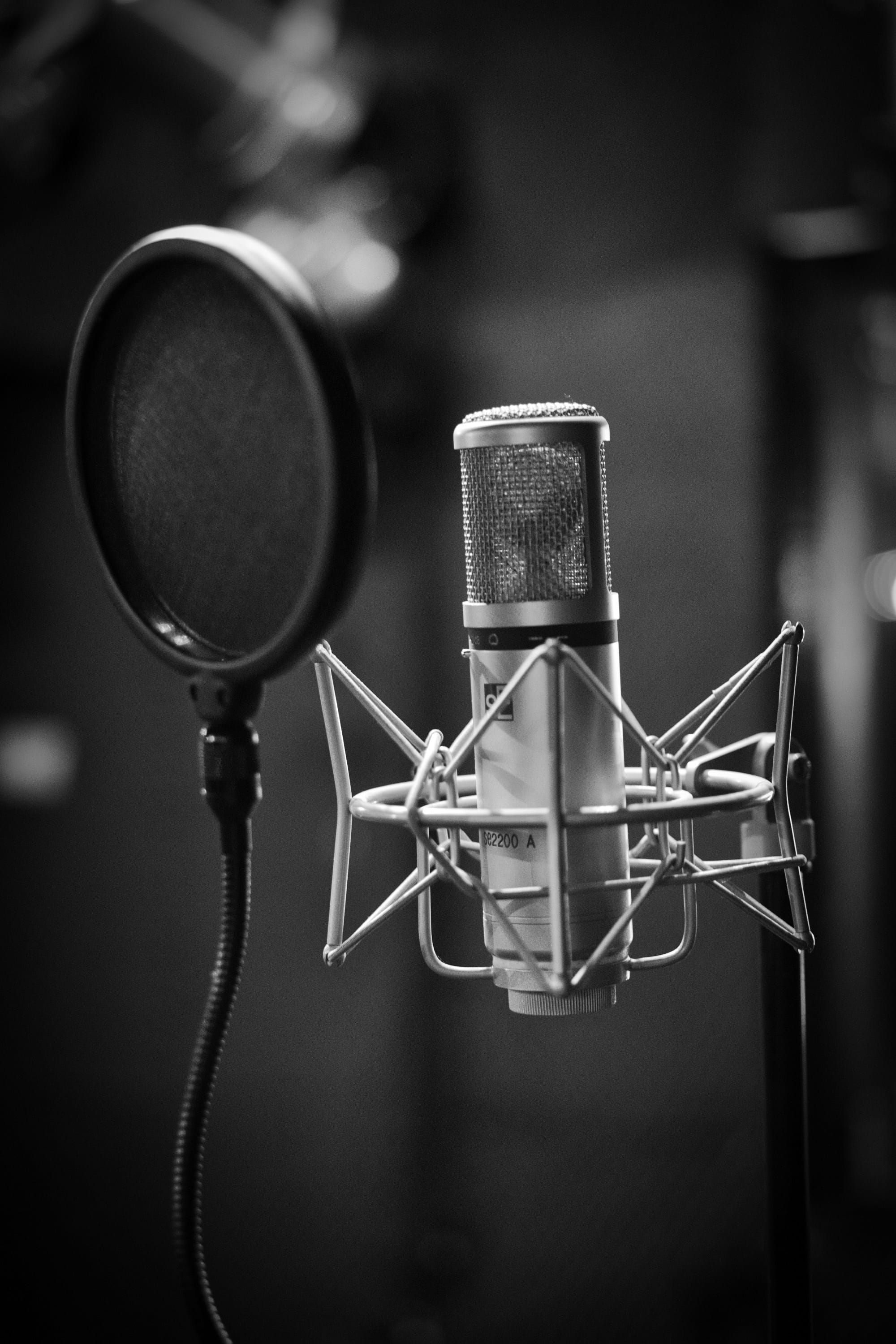
Condenser Microphones
How It Works: Uses a charged diaphragm and backplate (capacitor). Requires phantom power (+48V).
Best For:
- Vocals and voiceovers
- Acoustic instruments
- Studio environments
- Orchestral or ensemble recordings
Pros:
- Wide frequency response with crisp highs
- High sensitivity and detail—perfect for nuanced recordings
- Excellent transient response
- Multiple diaphragm options (large/small)
Cons:
- Sensitive to room noise and reflections—can be a nightmare in untreated rooms
- Fragile, especially tube condensers
- Requires external power
- Can sound harsh or hyped in budget models
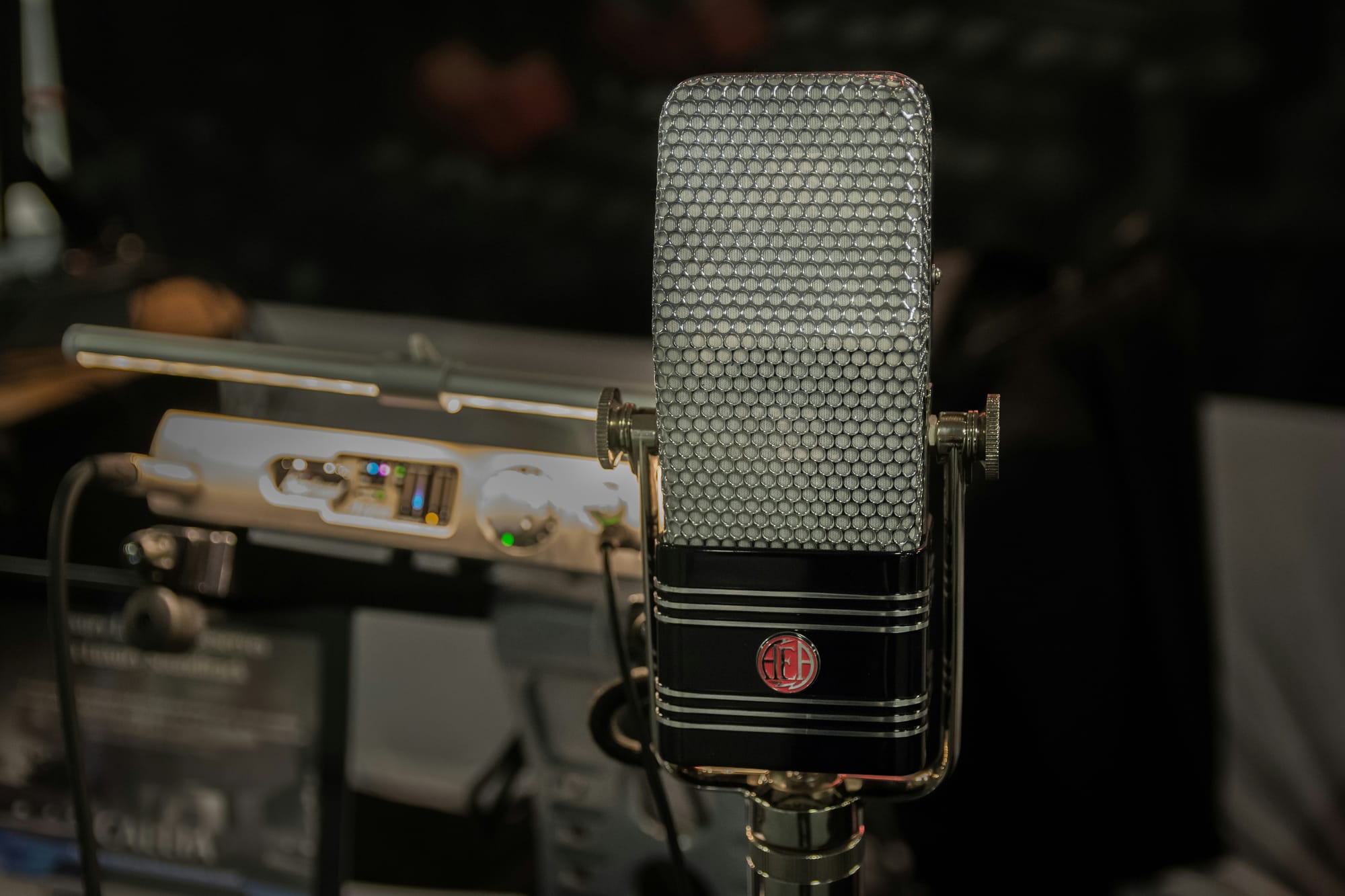
Ribbon Microphones
How It Works: A thin metal ribbon suspended in a magnetic field generates voltage when moved by sound. Most ribbon microphones have a figure-8 polar pattern, meaning they capture sound equally from the front and back while rejecting sound from the sides.
Best For:
- Electric guitar amps
- Brass, strings, woodwinds
- Vocals needing warmth
- Room ambiance
Pros:
- Warm, smooth, vintage tone
- Excellent midrange detail and a natural roll-off in the highs
- Great for taming harsh sources (bright cymbals, brittle vocals)
- Ideal for classic or analog-leaning mixes
Cons:
- Delicate (avoid phantom power like it’s cursed)
- Low output; needs a strong preamp or inline booster
- Susceptible to wind and plosives—handle with care
Microphone Type Comparison Table
| Feature | Dynamic | Condenser | Ribbon |
|---|---|---|---|
| Power Required | No | Yes (+48V phantom) | No (phantom = risk) |
| Sensitivity | Low | High | Medium |
| Frequency Response | Narrower | Wide | Smooth, mid-heavy |
| Durability | Very High | Moderate | Low–Moderate |
| Ideal Use Cases | Live, loud sources | Studio vocals, acoustic instruments | Vintage tone, ambient recordings |
| Cost Range | $–$$ | $$–$$$$ | $$–$$$$ |
| Output Level | Low | High | Low |
| Background Noise Rejection | Excellent | Poor in untreated rooms | Moderate |
Recommended Dynamic Microphones

- Shure 545SD – A sleeper pick that absolutely slays on guitar amps. I personally use a pair of these to get crushing tones—they're like the SM57’s vintage cousin, with a bit of extra mojo.
- Shure SM7B – Studio favorite for rock/metal vocals, radio, and streaming. It has a smooth, mid-forward tone that helps vocals sit well in a dense mix and handles loud, aggressive sources with ease.
- Electro-Voice RE20 – Broadcast classic, great on vocals and bass-heavy sources. Its variable-D design reduces proximity effect, making it a go-to for spoken word and dynamic vocal performances.
- Shure SM57 – Indestructible utility mic for snare drums, amps, and instruments. It has a tight cardioid pickup pattern and midrange punch that makes it a top choice for shaping aggressive, focused tones.
- Shure SM58 – Live vocal workhorse with great off-axis rejection. Its built-in spherical wind and pop filter makes it extremely forgiving for handheld use on stage.
- Sennheiser e609 – Flat front design for guitar cabs and snares. Its side-address design makes amp miking easy, and it delivers a crisp, balanced sound with solid off-axis rejection.
Recommended Condenser Microphones
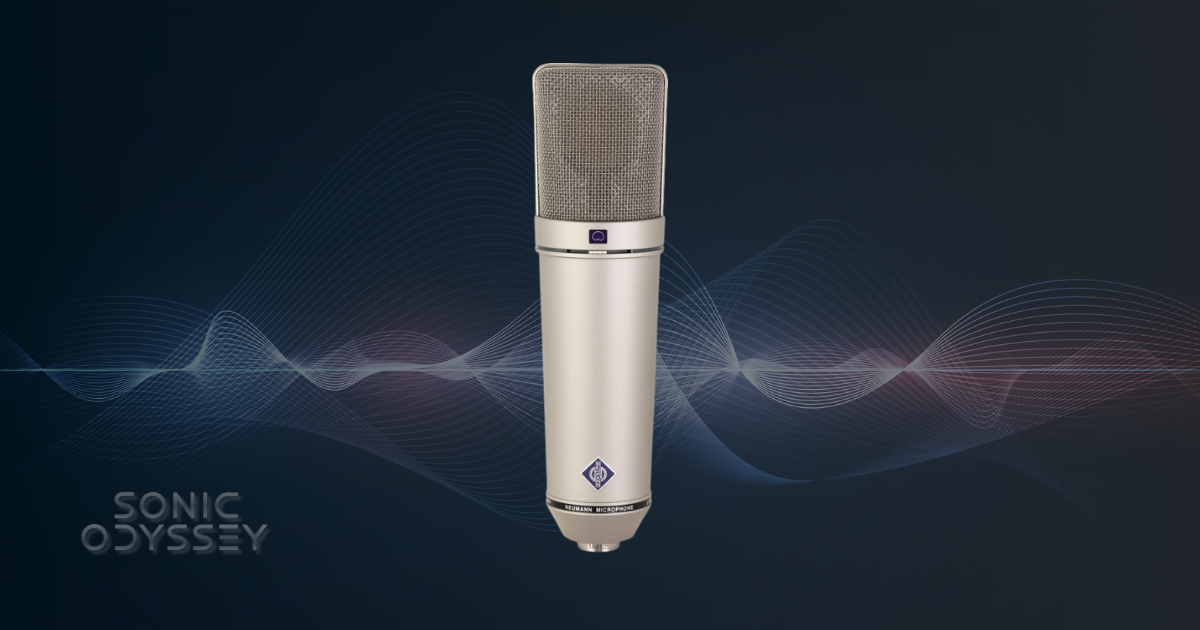
- Neumann TLM102 – A compact large-diaphragm condenser that punches well above its price. Great on vocals and guitar amps alike, this mic delivers clean, rich tone without the premium flagship price tag.
- Neumann U87 AI – Industry-standard for studio vocals. With its multiple polar patterns and silky-smooth response, it’s a flexible workhorse used on everything from vocals to piano to orchestral sections.
- Audio-Technica AT4040 – Affordable, clean, and versatile. It has a natural, balanced tone and low self-noise, making it a strong choice for vocals, acoustic guitar, and even drum overheads.
- AKG C414 XLII – Multi-pattern condenser ideal for vocals and room miking. Its switchable polar patterns and pristine detail make it a staple in professional studios around the world.
- Rode NT1 – Budget-friendly with excellent low-noise performance. It’s great for beginners who want pro-level clarity on a budget, especially for vocals and acoustic instruments.
- Warm Audio WA-47 – Tube warmth inspired by vintage U47. It brings that smooth, full-bodied tone associated with classic tube mics—perfect for rich vocals and warm overheads without the five-figure price tag.
Recommended Ribbon Microphones
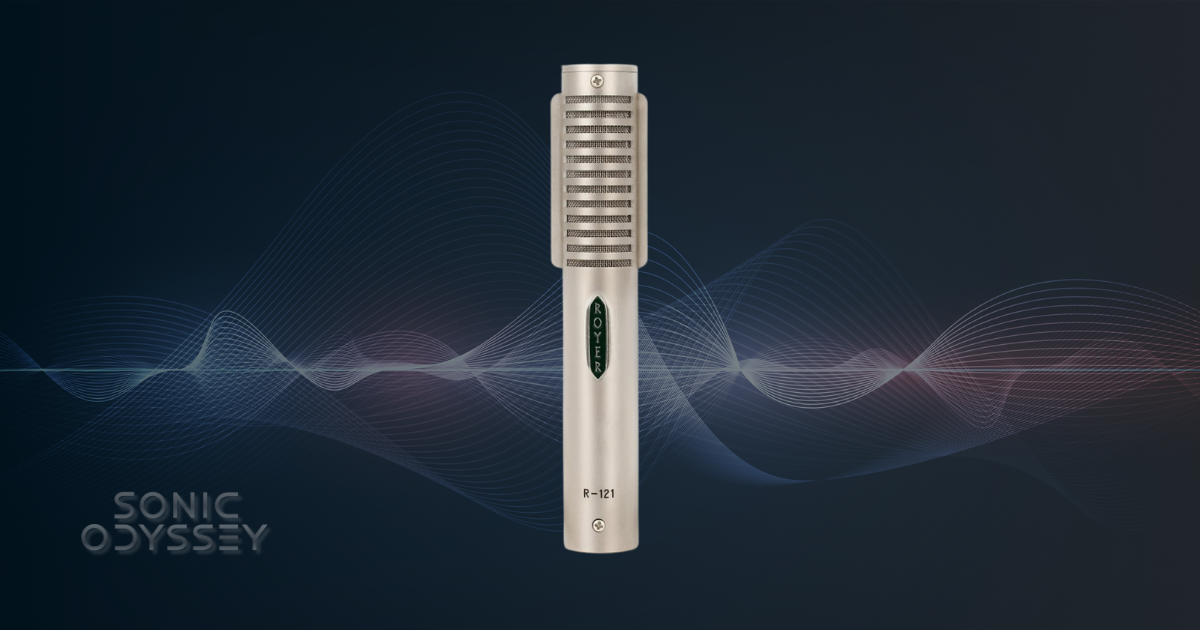
- Royer R-121 – Smooth, natural tone for amps and brass. Its figure-8 pattern and high SPL handling make it a standout for capturing electric guitars with realism and depth.
- AEA R84 – Lush, classic character for vocals and room recordings. It’s particularly great for warm, natural vocals and adding spaciousness to acoustic ensembles.
- Beyerdynamic M160 – Tight pickup pattern and vintage warmth. Its hypercardioid design gives it an edge in rejecting bleed while preserving that ribbon mic sweetness. This mic is a favorite of two legendary producers—myself and Eddie Kramer. (Yes, really.)
- Coles 4038 – Orchestral and drum overhead staple. Known for its distinctive round sound and classic British vibe, it adds smoothness and richness to anything it captures.
- Royer R-10 – More affordable ribbon with high SPL handling. It maintains the classic ribbon tone but is rugged enough to take on loud amps and modern studio demands.
My Top Picks
If I had to choose just one from each category, here’s what I’d go with:
- 🎤 Dynamic – Shure 545SD: Criminally underrated and my personal go-to for crushing guitar tones. Vintage character, modern utility.
- 🎙️ Condenser – Warm Audio WA-47: Classic tube warmth without the boutique price. Vocals, acoustic instruments—this mic makes everything sound expensive.
- 🎛️ Ribbon – Beyerdynamic M160: Tight pickup pattern and rich tone. A sleeper favorite of both Eddie Kramer and, well, me.
Which One Should You Choose?
| If You Need... | Go With... |
| Durability and live sound flexibility | Dynamic |
| Studio-grade vocal/instrument clarity | Condenser |
| Warmth and vintage tone | Ribbon |
| Budget-friendly versatility | Dynamic or Condenser |
| Isolation in untreated rooms | Dynamic |
| Maximum detail in controlled studio | Condenser |
Final Thoughts
Each microphone type has its own personality—just like the artists and engineers who use them. There’s no one-size-fits-all solution, and that’s a good thing. That said, the Shure SM57 comes pretty damn close—there’s a reason it shows up in just about every studio, tour rig, and DIY setup on the planet.
If you can, try out a few. Learn what suits your voice, your room, and your style. And remember: even the most expensive mic won’t fix bad mic placement or a noisy space. Your gear is only as good as your ears, instincts, and engineering chops—so don’t skip the fundamentals.
Explore more gear insights and recording tips in our Gear Reviews & Buying Guides. Check out our deep dives on Best Audio Interfaces Under $300, The Ultimate Home Studio Setup for Beginners, and How to Get a Professional Mix at Home.
Affiliate Disclosure: This article contains affiliate links. We may earn a commission at no extra cost to you if you purchase through these links.





